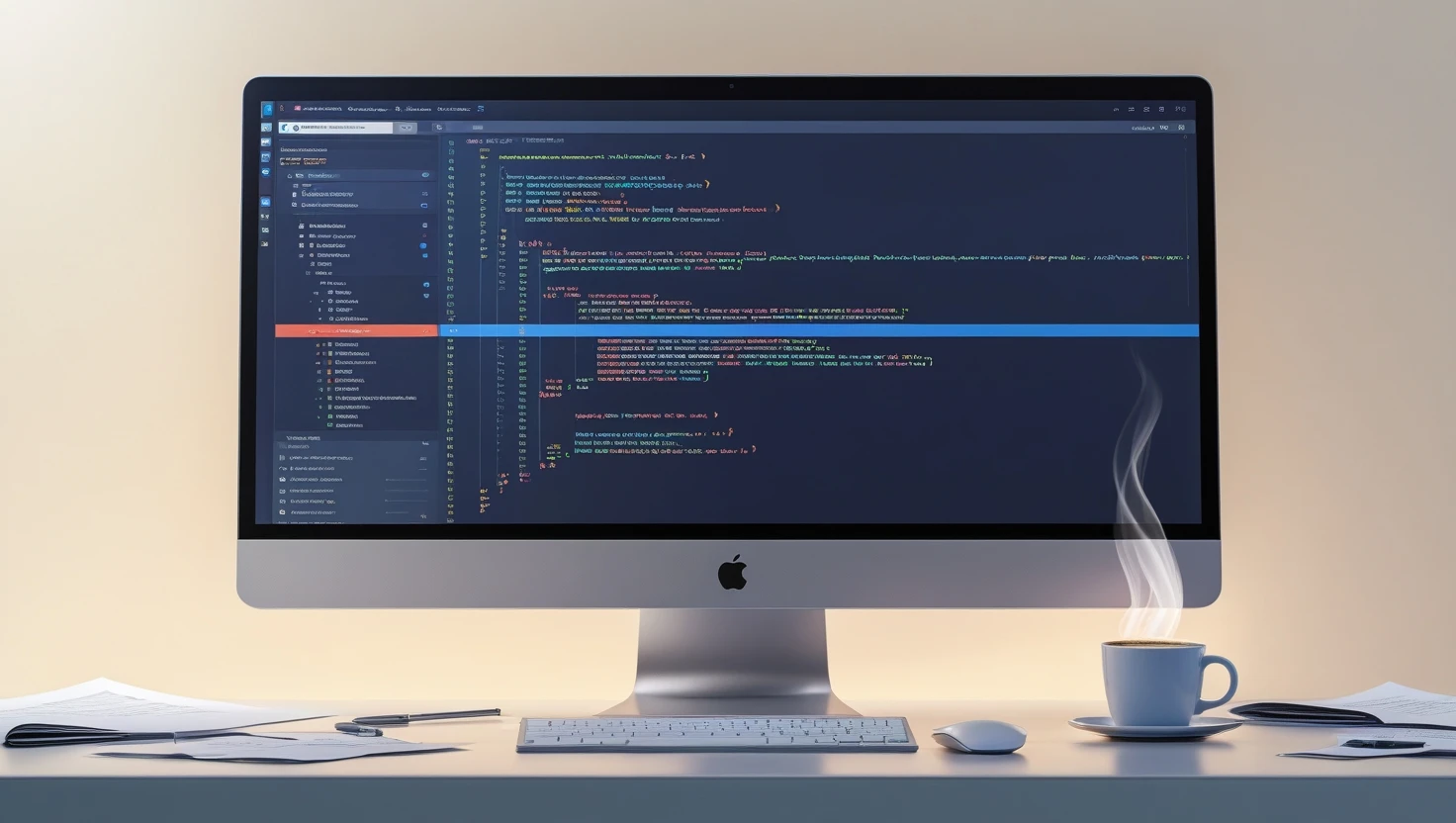Bike Servicing Tips to Increase Mileage — Practical Guide for Better Fuel Efficiency
Switching from frequent fuel stops and fluctuating mileage to a more efficient, cost-effective ride begins with the basics: proper servicing, smarter riding habits, and routine checks. This 300-word guide gives motorbike and scooter owners clear, actionable steps to improve fuel economy without spending a fortune. You’ll learn the exact service tasks that matter — correct tyre pressure, a clean air filter, the right engine oil grade, healthy spark plugs, proper chain alignment and tension, and timely carburetor or fuel-injector care — all explained in simple language.
Practical sections include a short daily pre-ride checklist, a weekly and monthly maintenance plan, and a recommended workshop schedule for the larger jobs. The guide includes a realistic example calculation showing how modest mileage gains add up to meaningful monthly and annual savings, plus a case study where a basic service restored a commuter bike’s fuel economy. There’s a troubleshooting flow to diagnose sudden drops in mileage and clear advice on when to DIY and when to see a mechanic.
You’ll also find tailored tips for modern fuel-injected bikes and a brief section for electric two-wheelers that covers range-extension habits and battery care. Seasonal guidance for monsoon and summer use is included, as are common myths that riders often believe. The tone is friendly and non-technical — aimed at riders who want practical results, not jargon. Use this guide alongside your owner’s manual and a trusted mechanic: small, consistent servicing actions and gentler riding habits typically yield the best return on investment. Start with the five-minute pre-ride checklist this week, schedule a basic service, and measure your mileage objectively — a few small changes will pay back month after month. Start today.
Introduction
Getting the best mileage from your motorcycle or scooter doesn’t require wizardry — it needs practical servicing, simple habit changes, and a little consistency. A well-maintained bike uses less fuel, costs less to run, and lasts longer. This guide explains proven servicing tips and behavioral tweaks that increase mileage, presented in clear, action-oriented steps you can follow today.
Why mileage depends on servicing and habits
Mileage (fuel efficiency) is the result of how effectively your engine converts fuel into forward motion. Mechanical friction, air–fuel mixture quality, rolling resistance, and the way you ride all affect that conversion. Regular servicing reduces mechanical losses and keeps the engine breathing and burning fuel efficiently.
Key factors that directly affect mileage
Tyre condition & pressure: Under-inflated tyres increase rolling resistance; over-inflation reduces grip and can cause uneven wear.
Air intake and filtration: A clogged air filter chokes airflow, making the engine run rich (more fuel used).
Engine oil: The right grade and clean oil reduce friction inside the engine.
Spark plug & ignition timing: Worn or fouled plugs cause misfires and incomplete combustion.
Fuel system health: Dirty injectors or carburetor issues cause poor atomization and wasted fuel.
Chain and drivetrain: A loose or poorly lubricated chain increases power loss before wheels.
Vehicle weight & accessories: Extra cargo or heavy accessories reduce efficiency.
Riding behavior: Aggressive acceleration, prolonged idling, and wrong gear choice lower mileage.
Simple maintenance tasks that yield big gains
1. Keep tyres at recommended pressure
Check tyre pressure weekly. Follow the OEM pressure printed in the manual or on the swingarm. Correct pressure lowers rolling resistance and improves stability.
Quick tip: measure pressure when tyres are cold (before you ride).
2. Change engine oil on schedule
Use the oil grade recommended by your manufacturer. Fresh oil reduces internal friction and improves fuel economy.
For most commuter bikes, a regular oil change interval varies by engine and oil type — follow the owner’s manual precisely.
3. Clean or replace the air filter
Inspect the air filter every 3,000–5,000 km in city conditions; replace more often in dusty areas.
A clean filter improves airflow and combustion efficiency.
4. Maintain ignition components
Inspect the spark plug every 6,000–10,000 km and replace if electrodes are worn or fouled.
Ensure ignition timing is correct — modern FI bikes handle timing automatically but carbureted bikes may need manual checking.
5. Fuel system care
Carbureted bikes: periodic jet cleaning and float adjustment help maintain the correct air–fuel ratio.
Fuel-injected bikes: occasional fuel injector cleaning and using quality fuel help preserve spray pattern and efficiency.
6. Chain, sprockets and final drive
Keep the chain clean, lubricated, and adjusted to the correct tension. A tight or sloppy chain wastes energy.
Inspect sprockets for wear and replace them together with the chain when needed.
7. Wheel alignment and bearings
Misaligned wheels or worn bearings create drag and uneven tyre wear. Get alignment checked during major services.
8. Brake adjustment
Dragging brakes significantly reduce mileage. Make sure calipers release cleanly and cables are free-moving.
9. Battery and electrical health
Weak battery or poor charging reduces charging and may affect ignition electronics. Keep terminals clean and tension correct.
10. Use recommended fuels and additives sparingly
Use the octane rating specified by the manufacturer. Avoid adulterated fuel.
Injector-cleaning additives can help occasionally, but rely on trusted products and service diagnostics if problems persist.
Riding techniques that improve mileage
Smooth acceleration: Avoid wide-open throttle starts. Gently roll on the throttle to reduce instantaneous fuel consumption.
Use the right gear: Keep engine RPM in the efficient range. For many commuter bikes, moderate RPM is most economical — check your manual.
Anticipate traffic: Coasting to slow down and using engine braking reduces fuel-wasting idling and braking events.
Maintain steady speed: Frequent stop–start riding reduces average fuel efficiency. Where possible, pick routes with fewer interruptions.
Avoid excessive idling: If you expect a long wait, switch off the engine safely rather than idling.
Practical maintenance schedule (doable at home vs workshop)
Daily or pre-ride (1–2 minutes)
Quick tyre visual and pressure check.
Check oil dipstick visually (weekly).
Ensure lights and horn work.
Weekly (5–10 minutes)
Inflate tyres to recommended pressure.
Chain quick-lube if used heavily in rain or dust.
Quick visual check of fasteners.
Monthly (30–60 minutes or quick workshop visit)
Inspect air filter.
Check battery terminals.
Clean and lubricate chain.
Inspect brake pads and cable play.
Every 3–6 months (workshop)
Oil change if nearing interval.
Spark plug inspection or change.
Carburetor/fuel injector check.
Wheel alignment and balancing.
Yearly or major interval (6,000–10,000 km or OEM schedule)
Full service: valve clearance check (if applicable), major fluid change, coolant check (if liquid cooled), and replace worn parts.
Example: measurable fuel savings (realistic scenario)
Assume:
Daily commute = 40 km
Month = 30 days → monthly distance = 40 × 30 = 1,200 km
Current mileage = 40 km per litre (km/l)
Improved mileage after servicing = 48 km per litre (20% improvement)
Step-by-step calculation
Fuel used before = 1,200 ÷ 40 = 30.0 litres per month.
Fuel used after = 1,200 ÷ 48 = 25.0 litres per month.
Fuel price (example) = ₹110 per litre.
Monthly cost before = 30.0 × 110 = ₹3,300.
Monthly cost after = 25.0 × 110 = ₹2,750.
Monthly savings = 3,300 − 2,750 = ₹550.
Annual savings = 550 × 12 = ₹6,600.
This example shows a modest servicing investment can return repeated monthly savings. Adjust numbers for your commute and local fuel price.
Cost vs benefit: common servicing costs and payback
Oil change and basic service: typically low cost and can improve efficiency quickly.
Air filter and spark plug replacement: inexpensive and high ROI.
Fuel system cleaning and chain replacement: moderate cost, long-term gains.
Battery replacement and major repairs: larger investment — prioritize when performance is affected.
Tips specific to electric two-wheelers (range extension)
Maintain tyre pressure and use Eco/Range mode when appropriate.
Avoid frequent fast charging unless needed; excessive fast charging may slightly increase battery wear.
Keep firmware updated for range-optimised software maps if OEM provides them.
Use regenerative braking smartly and avoid heavy loads.
Common mistakes to avoid
Over-inflating tyres to exaggerate mileage — unsafe and reduces comfort.
Skipping oil or air filter changes to save a little now but risking larger inefficiencies later.
Ignoring chain maintenance or riding with dragging brakes.
Using fuel additives indiscriminately without understanding compatibility.
Pre-ride checklist (printable, under 5 minutes)
Tyre pressure and visible damage check.
Oil level quick check.
Lights, horn and indicators functional.
Chain tension and lubrication quick glance.
Fuel level and any unusual noises.
When to see a mechanic
Persistent drop in mileage despite the checklist.
Unusual exhaust smoke, misfires, or difficulty starting.
Vibration or wobble at speed (alignment or bearing issues).
Warning lights on FI bikes or error codes.
Advanced tuning (for enthusiasts)
If you are mechanically inclined or work with a trusted mechanic, these advanced checks can improve efficiency:
Valve clearance adjustment: Incorrect valve lash leads to lost compression and inefficient combustion. Adjust to OEM spec during major service.
Compression check: Low compression from worn rings or cylinders reduces power and demands more fuel.
Carburetor jetting and tuning: For carbureted bikes, correct jet sizes and float height ensure proper air–fuel mix; local altitude and fuel quality matter.
Fuel-air diagnostics for FI bikes: Use a scanner to view fuel trims and sensor readings; fix oxygen sensor or other sensors to restore efficiency.
Ignition coil and timing: Correct timing and healthy ignition coils improve burn completeness.
Seasonal care — monsoon and summer specifics
Monsoon: Water ingress is the main worry. Protect electrical connectors, avoid submerging the air intake, and clean the bike after wet rides. Apply chain lube after the rain.
Summer: Heat can thin engine oil and stress cooling systems. Use oil grades recommended for hotter temperatures and check coolant and radiator fins.
DIY quick fixes with big impact
Air filter clean: Foam filters can be washed, dried and re-oiled; paper elements should be replaced.
Chain lube after rain: Degrease and re-lubricate to reduce friction and rust.
Tighten chain slack: Many bikes allow minor tension adjustments at home — follow the manual.
Spray clean injector/jets: Temporary relief for minor fouling; professional cleaning is better for persistent issues.
Tools every rider should carry
Tyre pressure gauge.
Compact toolkit (spanners, screwdrivers).
Small bottle of chain lube.
Flashlight and rag.
Mythbusters: what doesn't really improve mileage
Higher octane always better: Use OEM-recommended octane — higher octane doesn't automatically equal better economy.
Less oil = better mileage: Under-filling increases wear and friction. Keep correct oil levels.
Complex break-in rituals: Follow basic OEM recommendations; modern engines don’t need elaborate rituals.
Realistic measurement tips
To evaluate improvement, measure mileage the right way:
Fill tank consistently.
Reset trip meter.
Ride normal routes for a full tank.
Refill and note litres used.
Mileage = distance ÷ litres used.
Troubleshooting sudden drops in mileage
Check tyre pressure and drivetrain drag.
Inspect air filter for heavy clogging.
Note changes to riding pattern or extra idling.
Check spark plug and ignition for misfires.
For FI bikes, scan for trouble codes; for carbs, inspect jets.
Case study: small service, big difference
A commuter saw 45 km/l drop to 36 km/l over six months. After air filter cleaning, new spark plug, chain adjustment, and oil change, the bike returned to 44–46 km/l. The service cost was modest versus the recurring fuel cost difference.
Environmental and safety benefits
Improved mileage reduces fuel consumption and emissions. A properly tuned engine burns cleaner; well-maintained brakes and tyres improve safety and reduce accident risk.
Summary checklist (one-page)
Tyre pressure: weekly
Oil level: weekly; change as per schedule
Air filter: inspect monthly
Spark plug: inspect every 6,000–10,000 km
Chain lube: weekly in rain/dust; monthly otherwise
Brake inspection: monthly
Carb/FI service: every 6–12 months
Major service: annually or per manufacturer km
Final note
Small, regular actions compound into noticeable savings. Treat servicing as preventive investment rather than a reactive chore. Start with the five-minute pre-ride checklist, schedule a basic service this month, and measure mileage change objectively over the next tank. Your bike will thank you — and so will your wallet.












